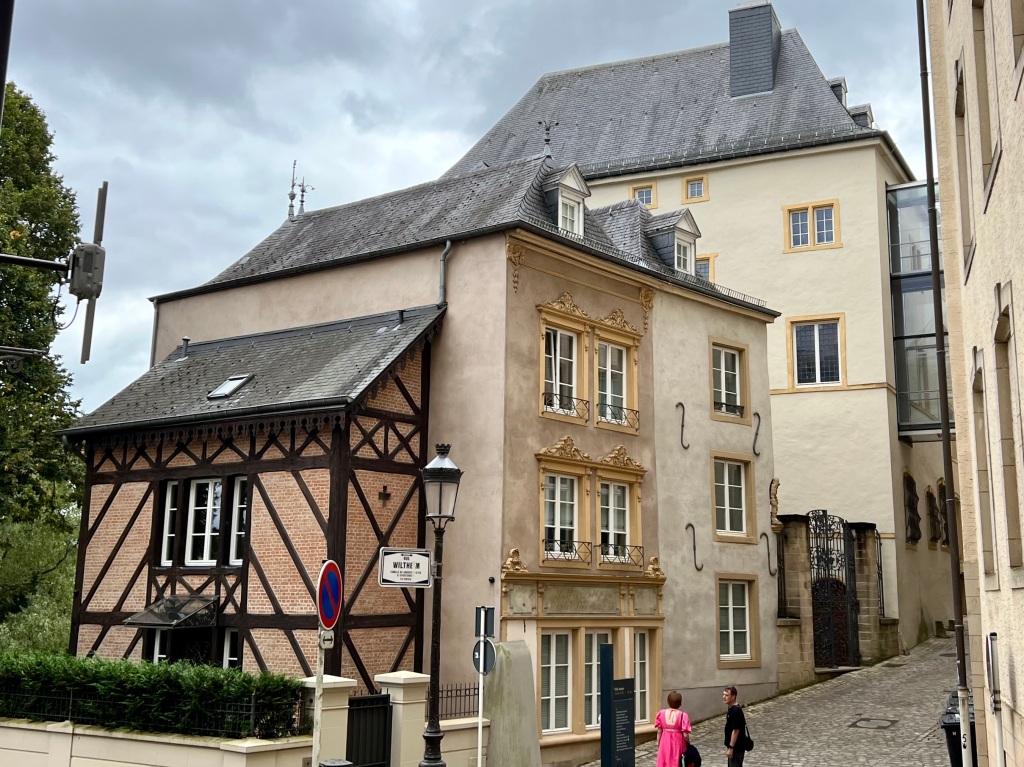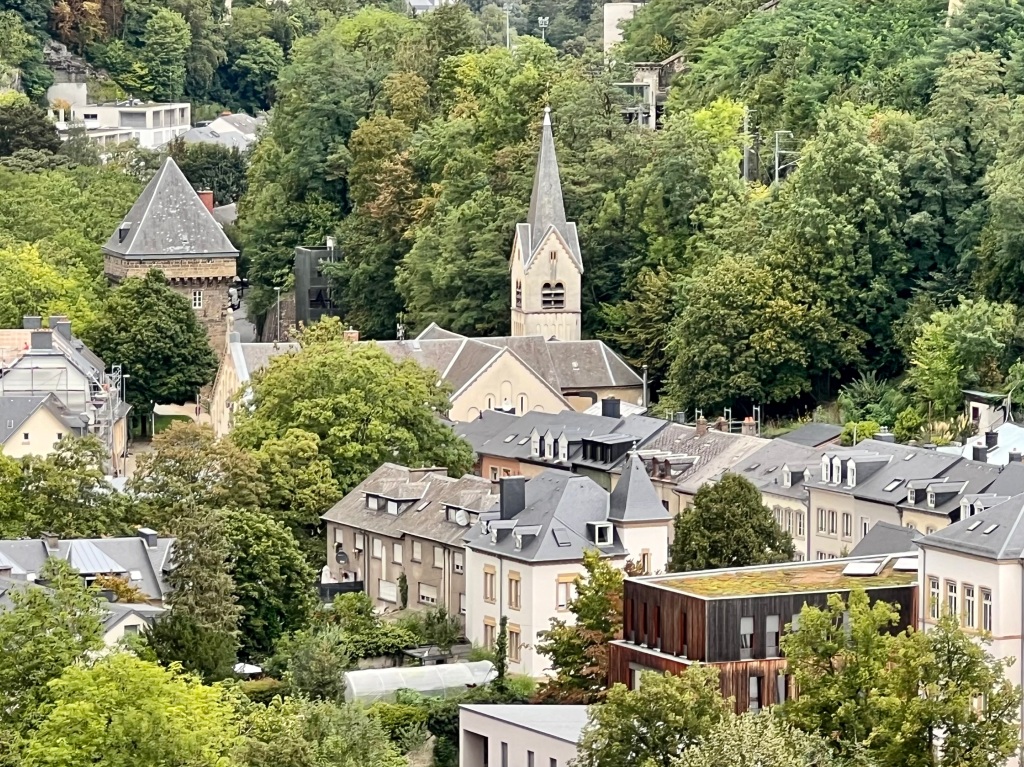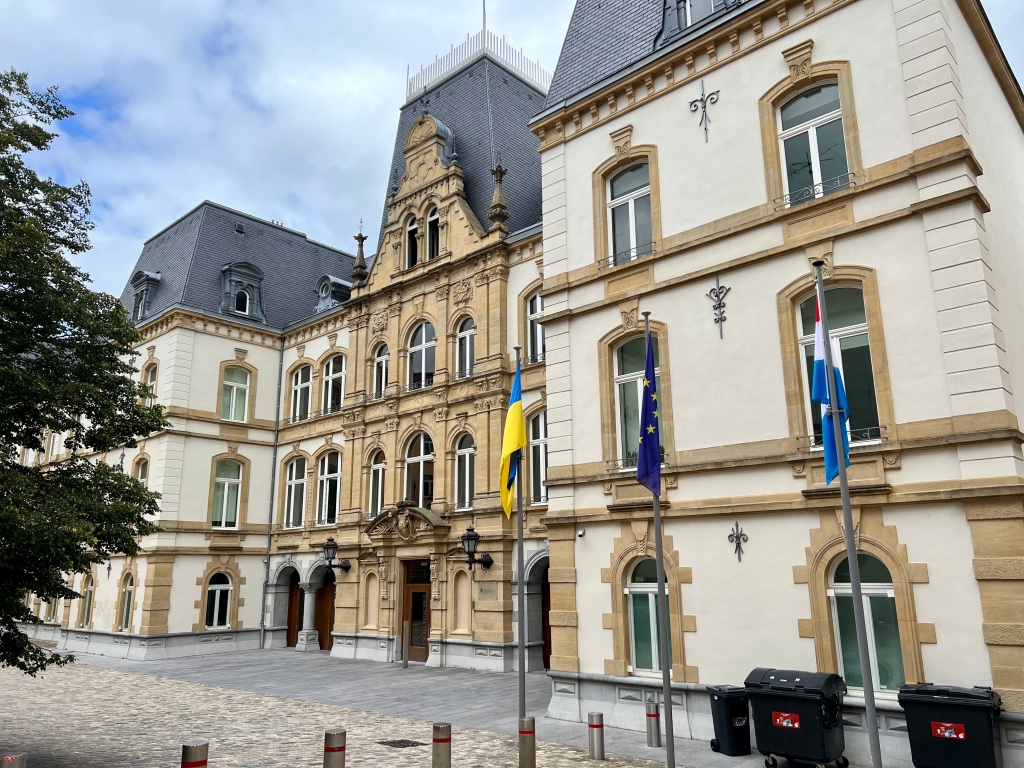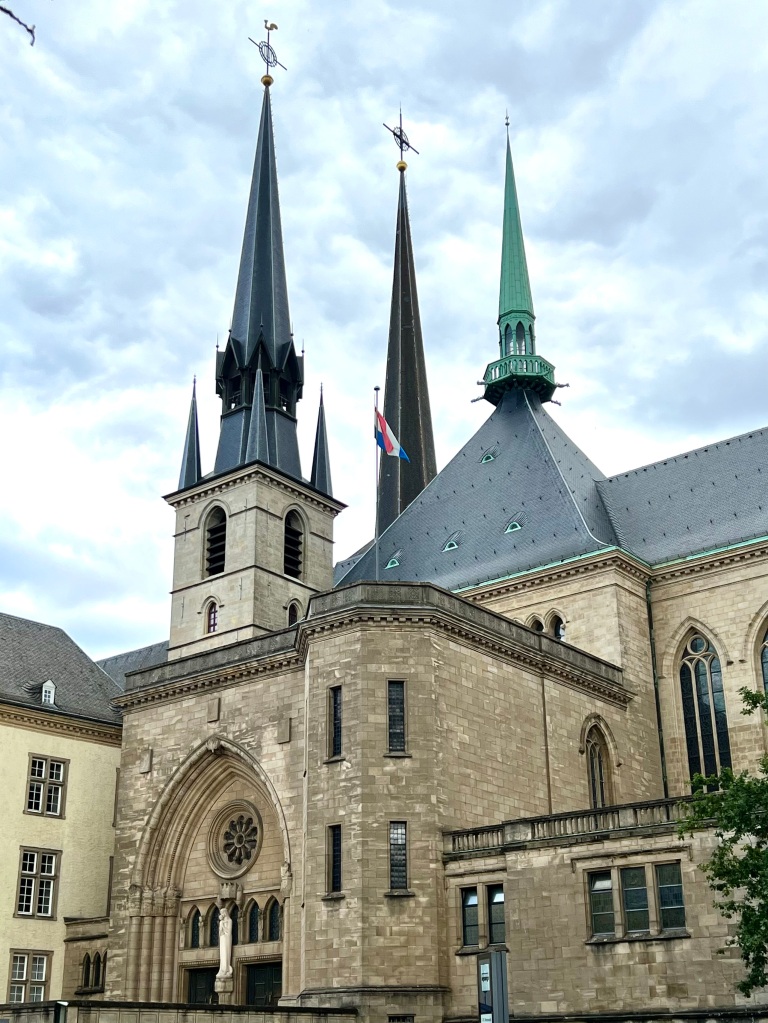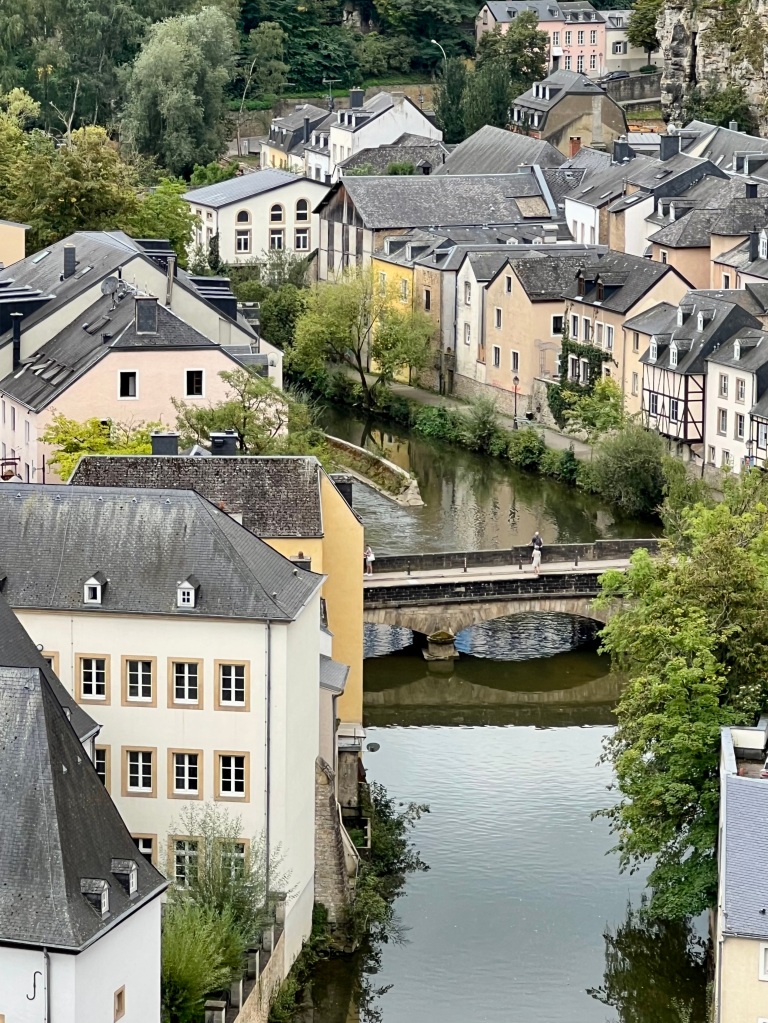
The fifth and penultimate stage of our European tour was Grand Duchy of Luxembourg.
This small country has a population of only 661,000, just over half of who are from Luxembourg itself. Its own language is Luxembourgish, but it also recognises French and German officially. However, in the city you can hear all sorts of different languages spoken. Despite the country’s size, it is an important and founding member of the European Union and is home to a number of European institutions.
Our first full day saw us take the bus into the city. Remarkably, public transport within the Duchy is completely free, and has been since 2020. Even so, there are major European routes that come through the city so traffic is still very busy, particularly with so many commuters from across the border in France, Belgium and Germany.
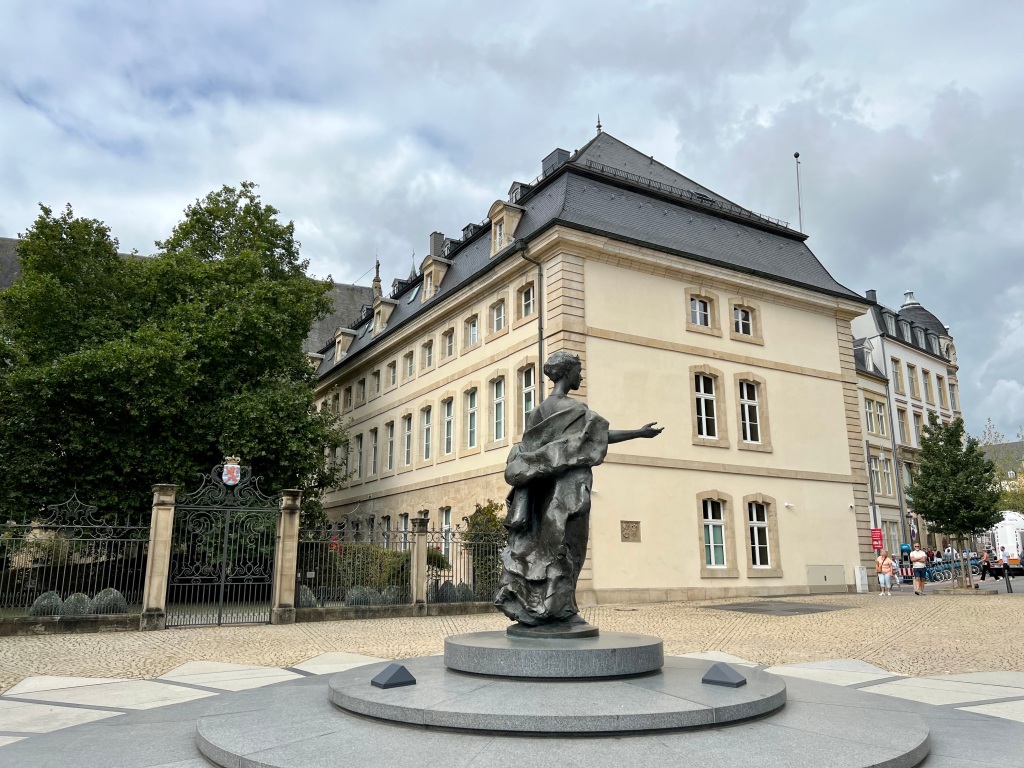
The city of Luxembourg is a mixture of old and new. We wandered through its large shopping area and spotted lots of famous stores and designer brands. We also saw many modern office blocks housing various businesses including quite a few banks. But fortunately for the tourist, there is also an older and more historical side to Luxembourg.
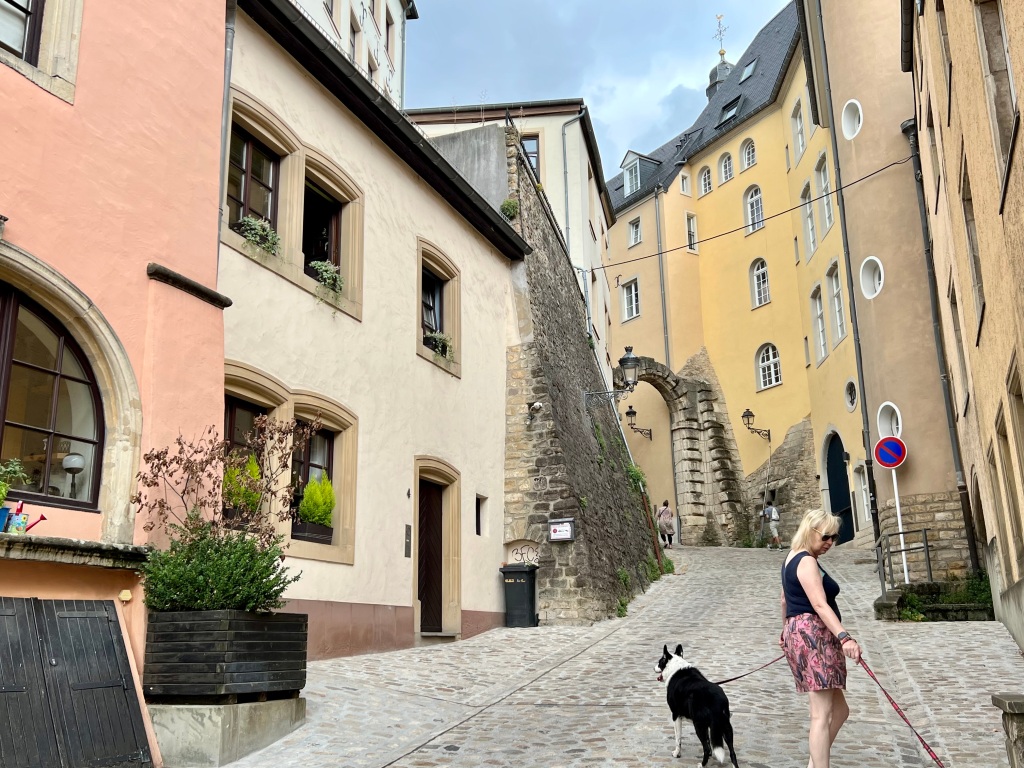
Indeed, a Luxembourg city highlight is the historic Old Town, known as the Grund, which is a UNESCO World Heritage site. Although we took in the area from the old city walls above, we were still able to admire the beautiful architecture and cobbled streets. From our vantage point above Grund, the more adventurous visitor can explore the casemates and underground tunnels that were once part of the city’s fortifications. We had been walking for some time at this point so decided against this (and we weren’t sure if our dogs would be happy going underground!)
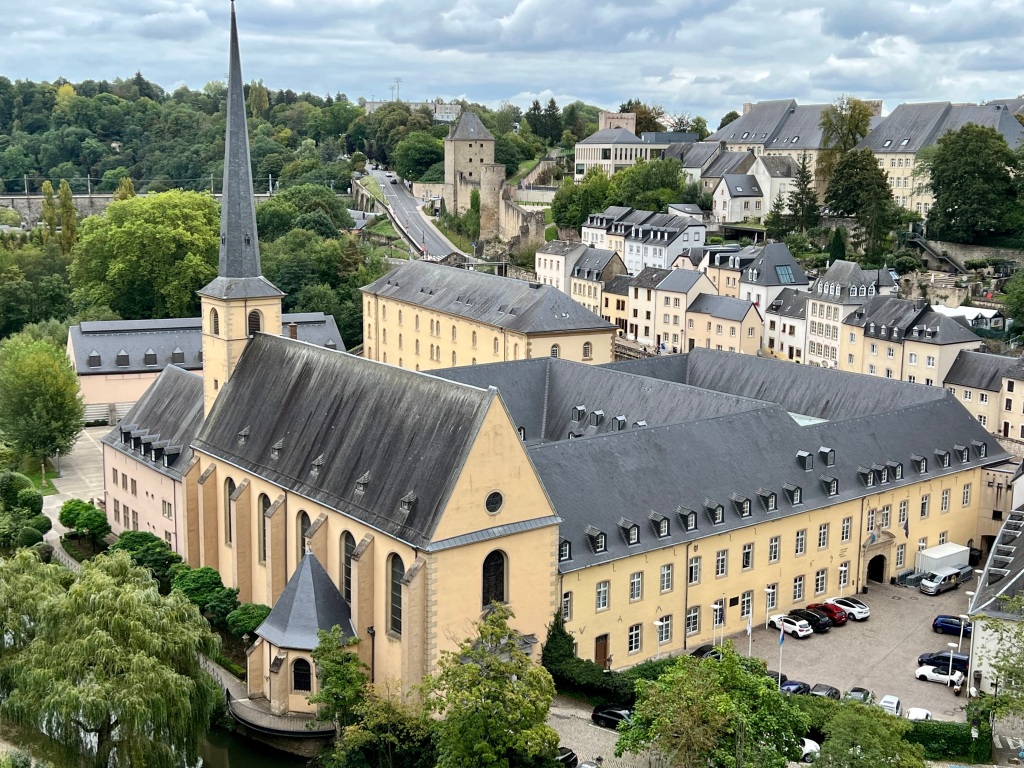
The city is also known for its vibrant food scene, with a wide range of restaurants offering both traditional Luxembourgish cuisine and international dishes. During our stay, we found two very different but interesting cafés. We also had an excellent meal in a restaurant just below the apartment block in which we were staying. Not only did they do some amazing vegetarian dishes but they were dog-friendly too.
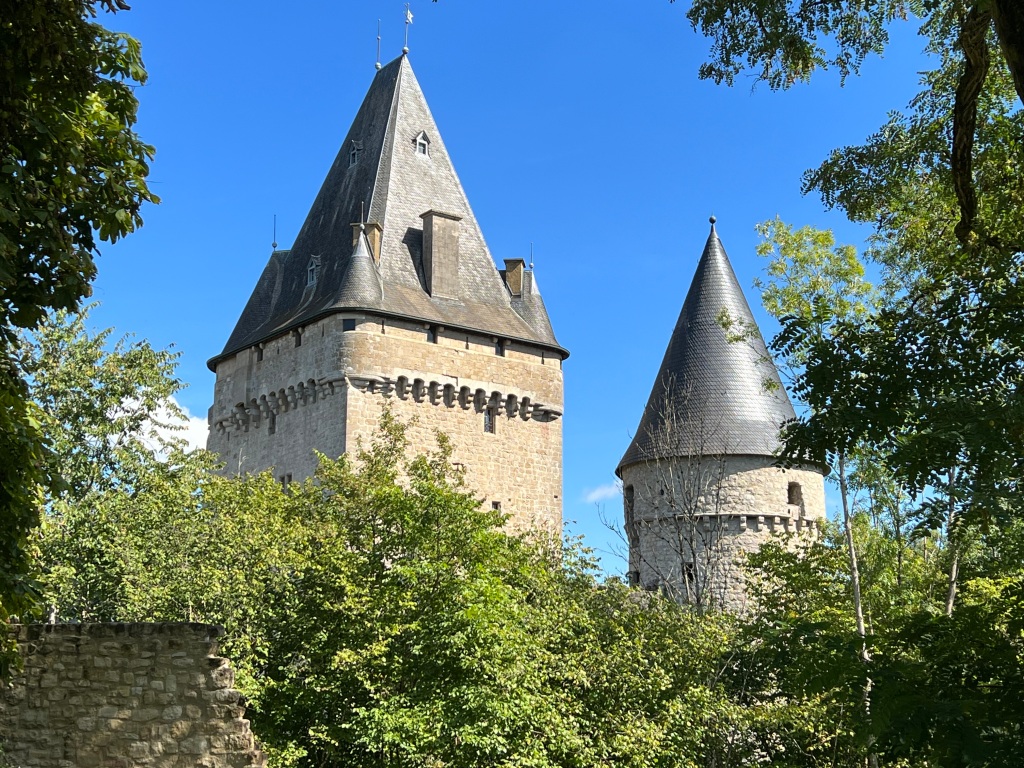
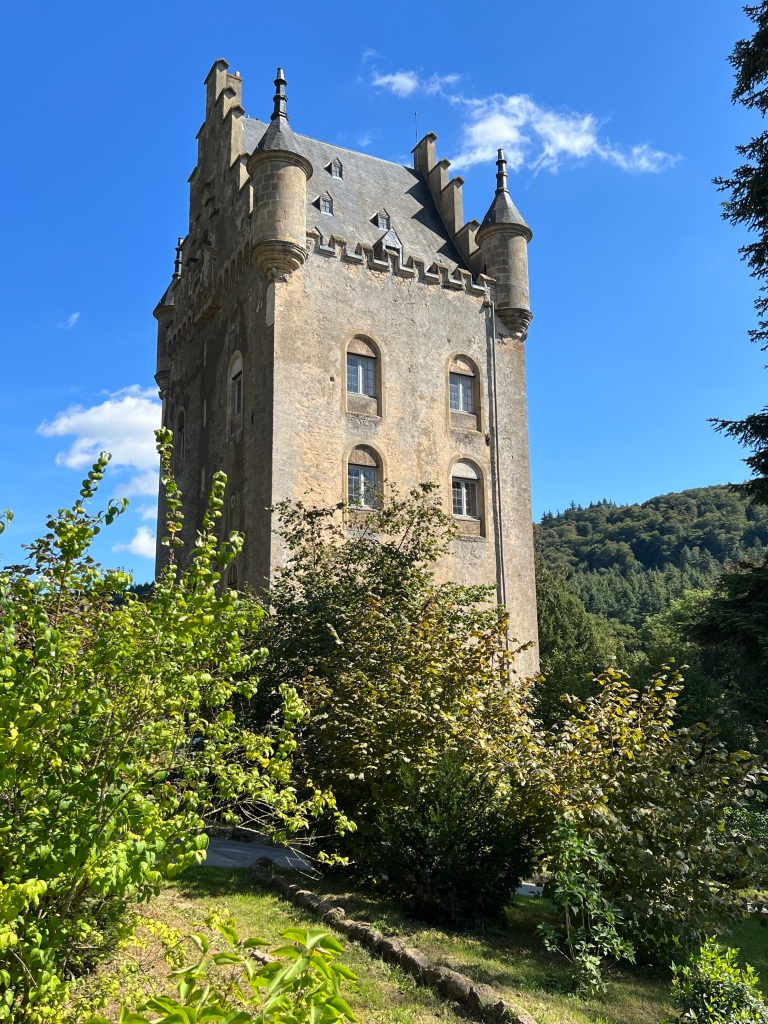
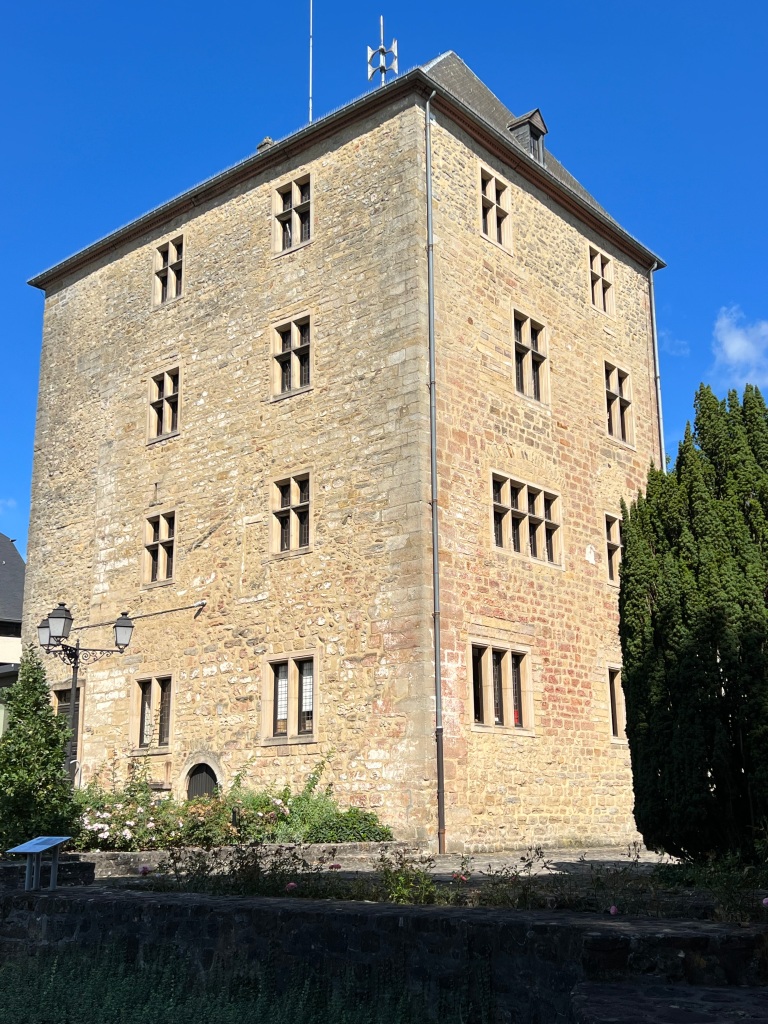
Outside of the city, Luxembourg offers small villages, farmland, forests, hills and a considerable number of castles. Heading towards one such castle we drove through some newer villages with smart streets of large but different-looking houses coloured in pastel shades. There were also good local facilities in these villages including play parks and sports fields.
But it was the older villages with their castles that were the main attraction. We managed to see four in one afternoon, even if only to take photographs and admire the scenery. Although not as hot as Verona and Bern, it was still very warm in Luxembourg, so cold drinks and water for our dogs were needed regularly.
